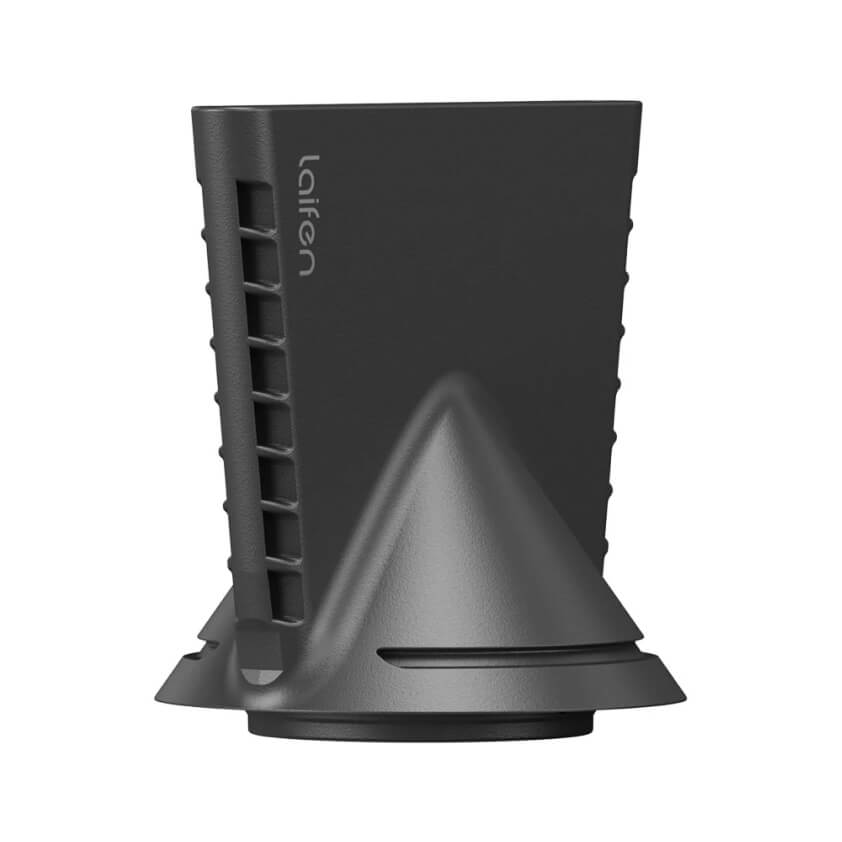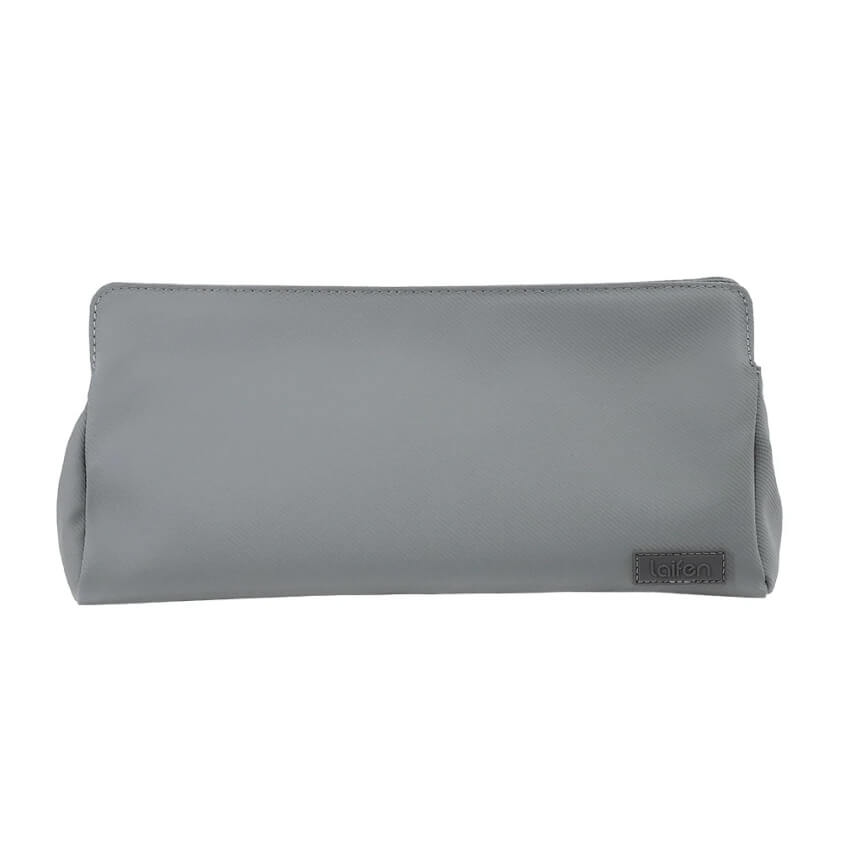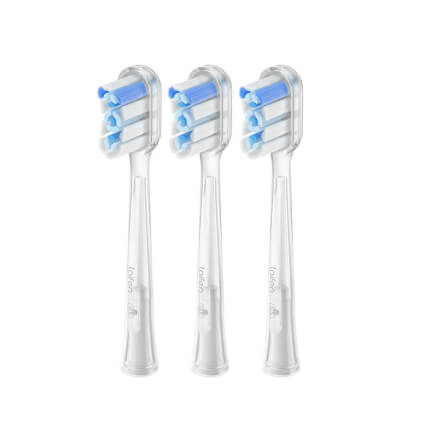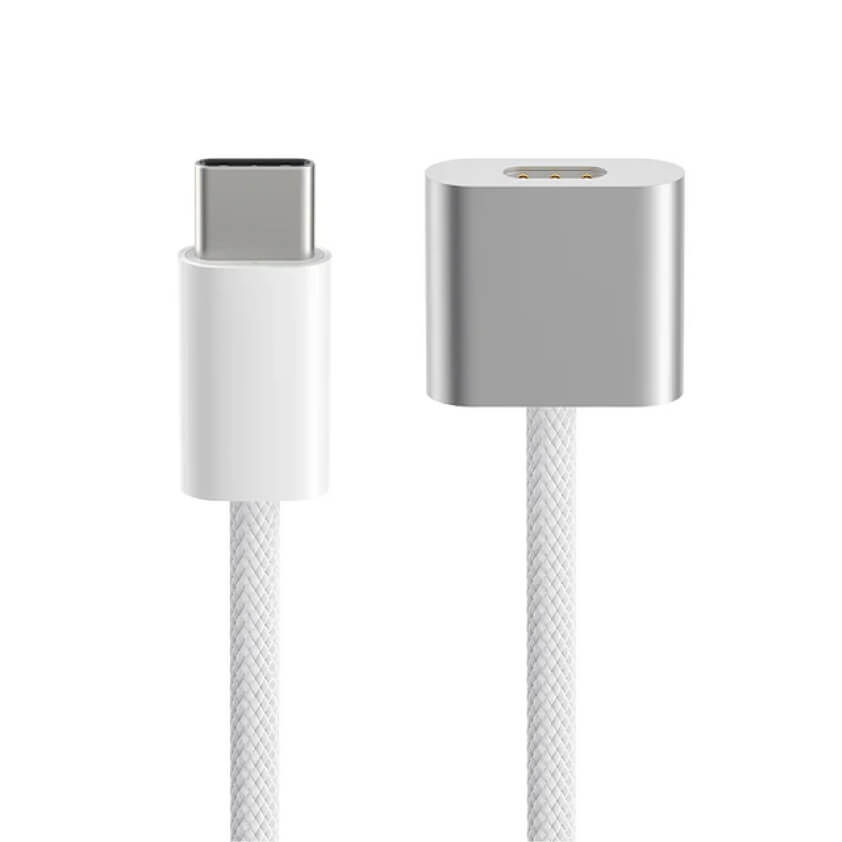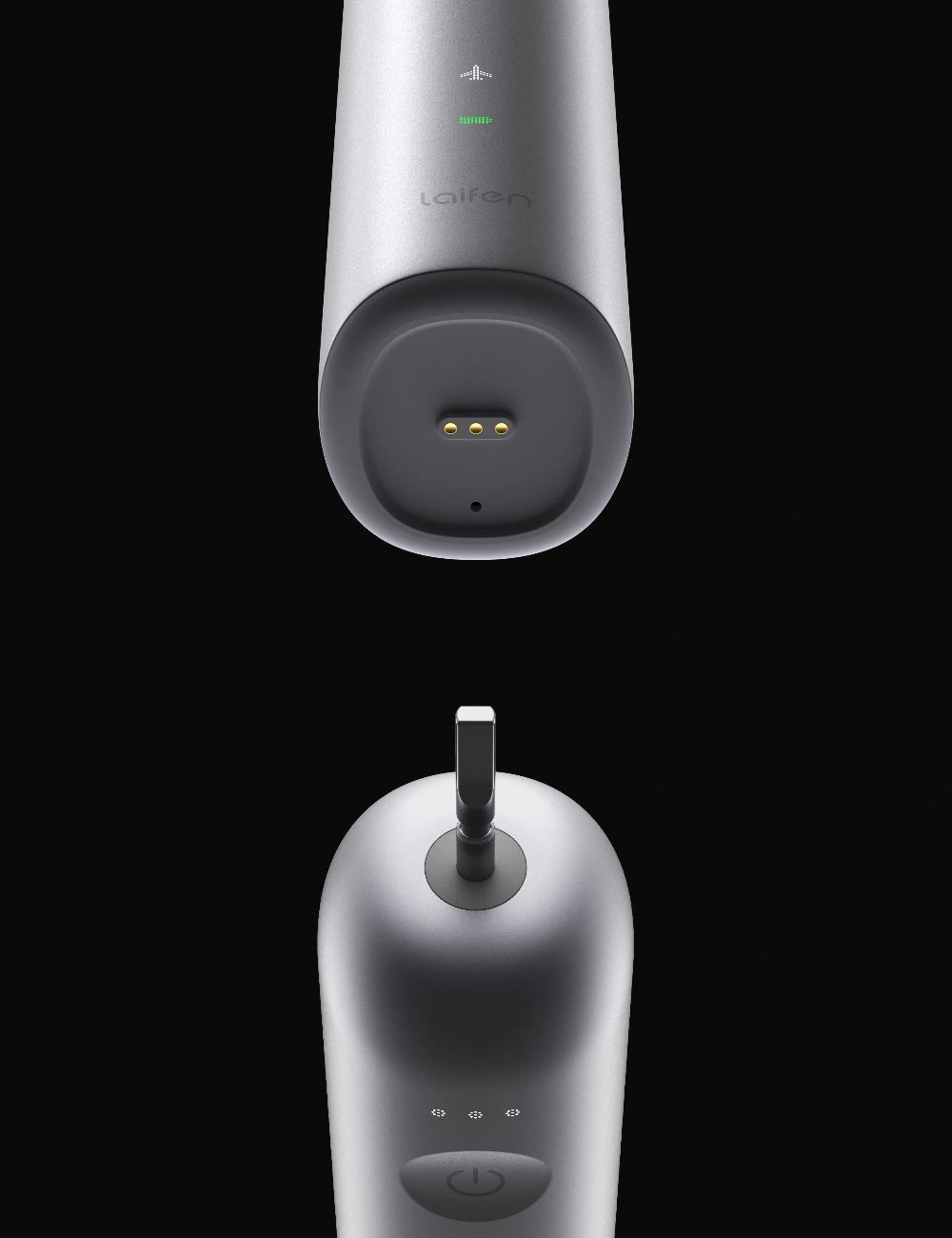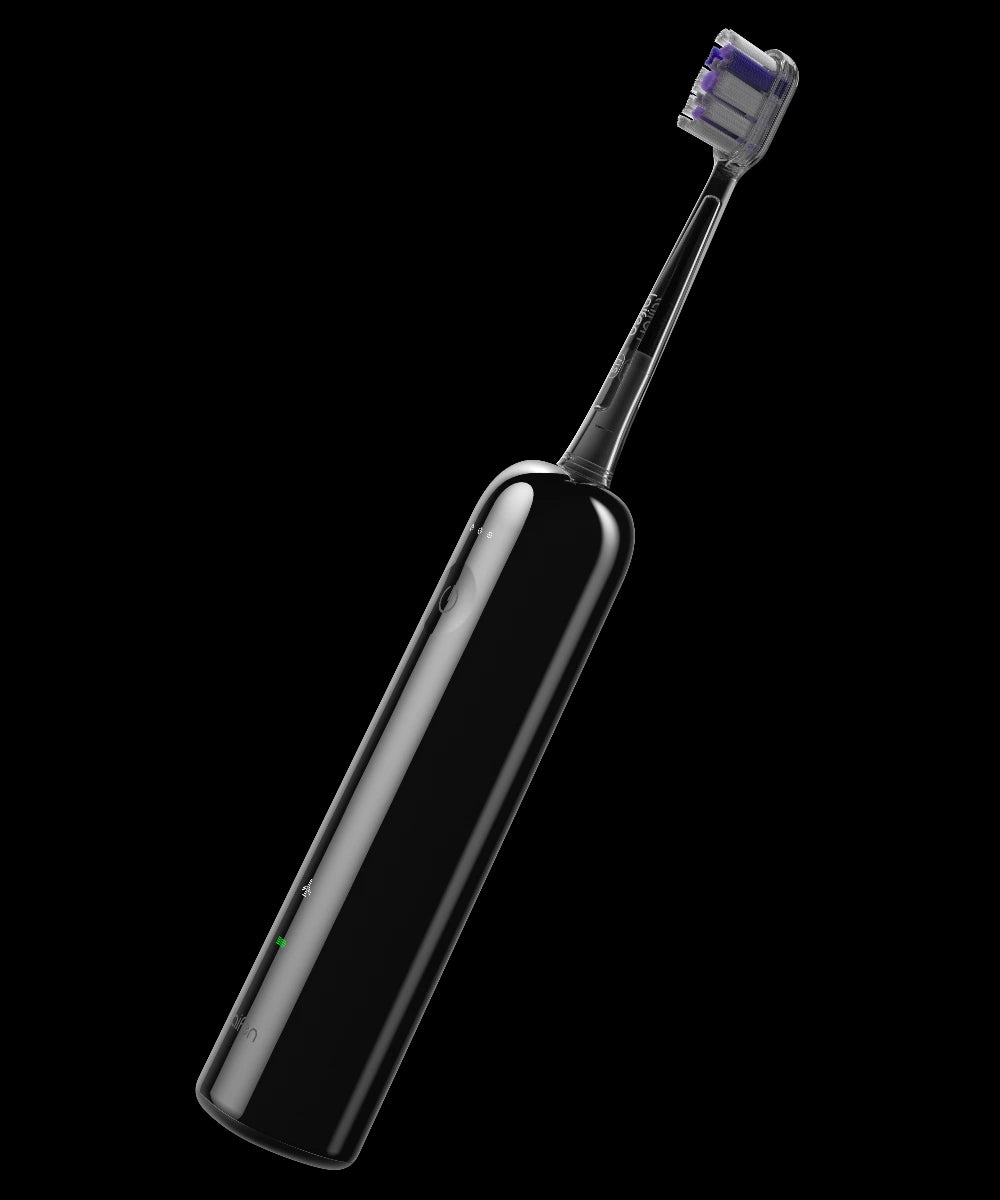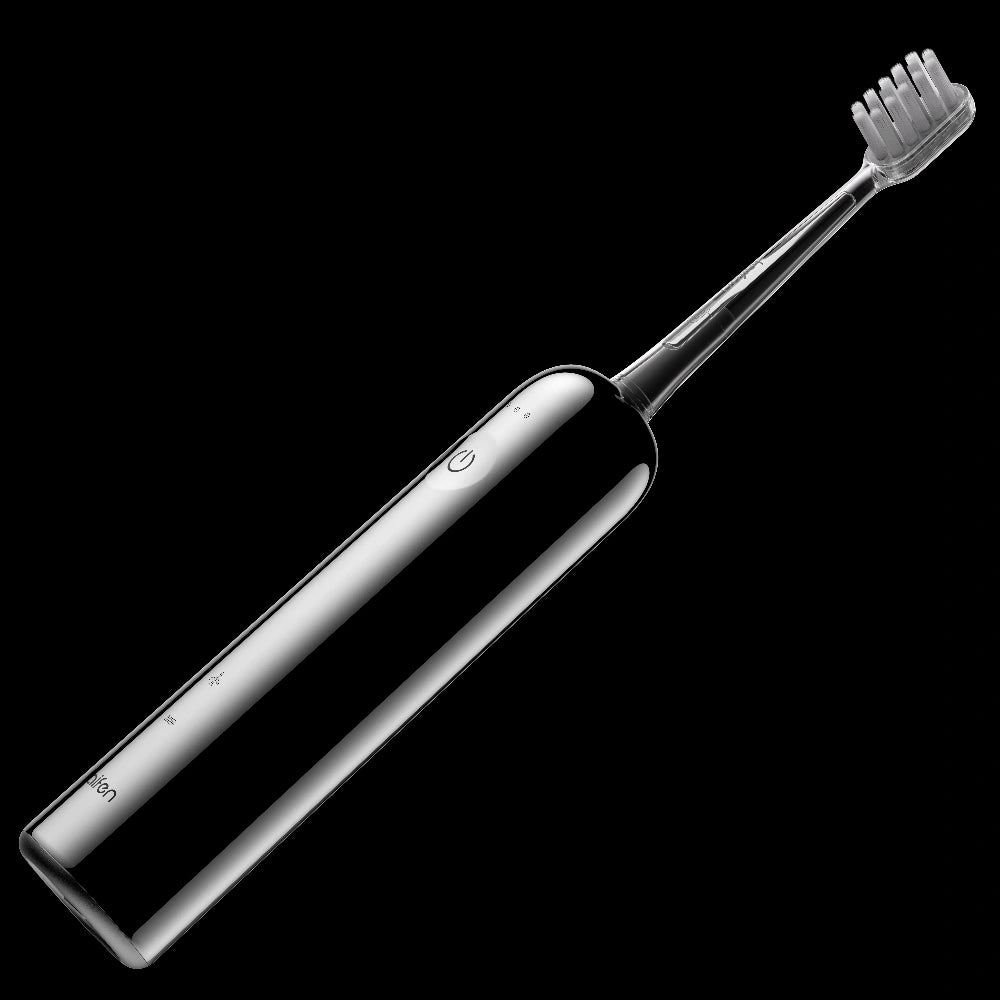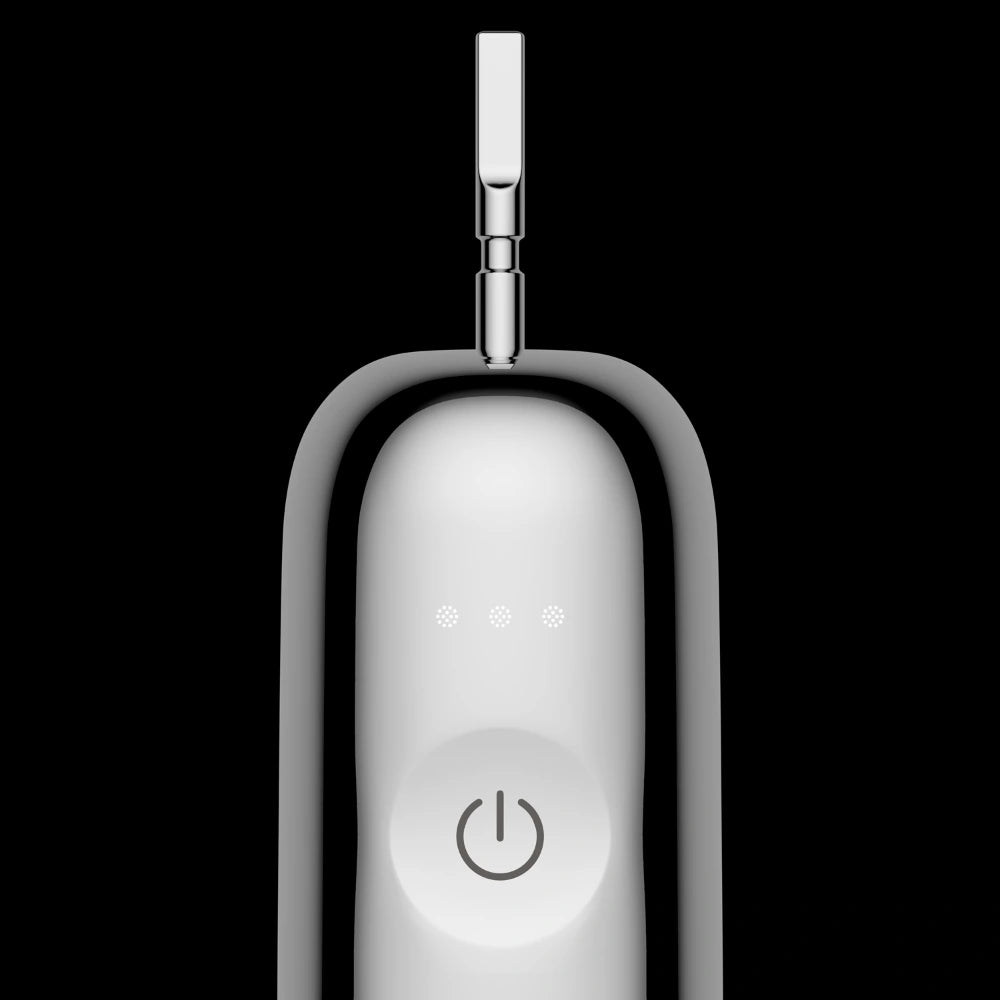
In this article
Sometimes called a salivary duct stone, a salivary gland stone is a calcified structure that can form within the salivary gland. If left untreated, it can lead to various issues, including the blocking of saliva into the mouth.
In this article, we take a look at what causes salivary stones, what the common symptoms are, and how to treat and remove them before they cause you any serious issues.
What are salivary stones?
Salivary stones are usually made from calcium phosphate and they can block saliva from entering your mouth. They often cause facial pain and swelling, but the most common symptom is that they make it difficult for you to swallow food.
Stones can affect each of your three glands, including the parotid, sublingual, and submandibular glands. However, the majority of salivary stones appear in the submandibular gland.
What causes salivary stone glands?
-
Salivary stone causes are numerous, including:
-
Dehydration
-
Autoimmune disease
-
Smoking
-
Radiation therapy
-
Some medications
Though rare, doctors also believe that some people can develop salivary stones when there is no underlying cause*.
*source: https://my.clevelandclinic.org/health/diseases/24344-sialolithiasis
Regardless of what causes a salivary stone, it's important that you can recognize the potential symptoms, so you can get the best course of treatment to remove them.
Salivary stone symptoms
If you have any of the following symptoms, you might have a salivary stone:
-
Obvious swelling of the salivary gland
-
Difficulty swallowing and opening your mouth
-
Dry mouth
-
A strange taste or an unusual salivary stone smell
-
A lump under your tongue that may or may not be painful
In most cases, salivary stone symptoms appear when you eat, as its presence affects your body's production of saliva. This is why you might experience difficulty swallowing. However, when you're not eating, you may not notice any symptoms at all.
Are salivary stones dangerous?
Noticing a stone in a salivary gland can be worrying, but it's not usually regarded as a serious condition and can be resolved with a few simple steps*.
*source: https://www.nhs.uk/conditions/salivary-gland-stones/
Still, if you don't get them removed or try and remove them yourself, they can be uncomfortable and they are likely to affect your ability to eat and swallow food, until they become displaced.
Salivary stone treatment options
If you're concerned about the appearance of a salivary stone in your mouth and it is affecting your quality of life, book an appointment with your doctor.
Equally, if the stone is showing any signs of a possible infection - such as redness or puss - you need to speak to a doctor, as you will likely need to take a course of antibiotics.
However, if you have recently noticed a salivary stone in your mouth, there are some simple things you can try at home to remove it, as we explain below.
Is salivary stone removal at home possible?
The goods news is that salivary stone removal at home is possible, but you need to be careful. You should never use a sharp instrument to try and remove a stone, as it is likely to become infected as a result.
With that in mind, here are some things you can try if you want to remove the stone without visiting the doctor's office:
-
Drink plenty of water and use rehydration salts if you think that the salivary stone has been caused by dehydration.
-
Gently massage the area surrounding the stone and try to dislodge it. If it doesn't show any signs of movement right away, keep massaging it throughout the day and it will likely become dislodged.
-
Sucking on a lemon or lemon drops can also help to displace a salivary stone. This is because citrus stimulates saliva production and can help to remove the stone naturally.
If you have spent a few days trying to remove a salivary stone at home without luck or if your stone is bigger than the size of a pea, you should call the doctor and arrange a consultation for the best course of treatment.
Conclusion
The appearance of a salivary stone can certainly be unsettling, but it's not something you should spend too much time worrying about. Conservatively treating the stone at home by massaging it, drinking water, and sucking on lemon drops should be enough to remove it from your mouth.
However, if you can't remove it yourself at home, you can call the doctor's office and arrange a consultation. The vast majority of salivary stones can be removed without any surgery, but if your stone becomes infected, you may need to take a course of antibiotics until the infection clears up.
Salivary stone FAQ
Q1: How to squeeze out salivary gland stone?
It is possible to squeeze out a salivary gland at home. You need to gently massage the area with clean fingers and apply a small amount of pressure to the stone. You should never use a sharp instrument as you risk causing an infection.
Q2: How to push a salivary stone out?
If massaging the stone doesn't work, you can also drink lots of water and suck on lemon to help push the stone out. Drinking water and sucking on lemon helps because it stimulates the production of saliva and may force the stone out naturally.
Q3: Where do salivary gland stones come out?
Salivary stones usually fall out in the mouth. If you successfully push it out or if it falls out on its own, wrap it in a paper towel and dispose of it in the trash.










